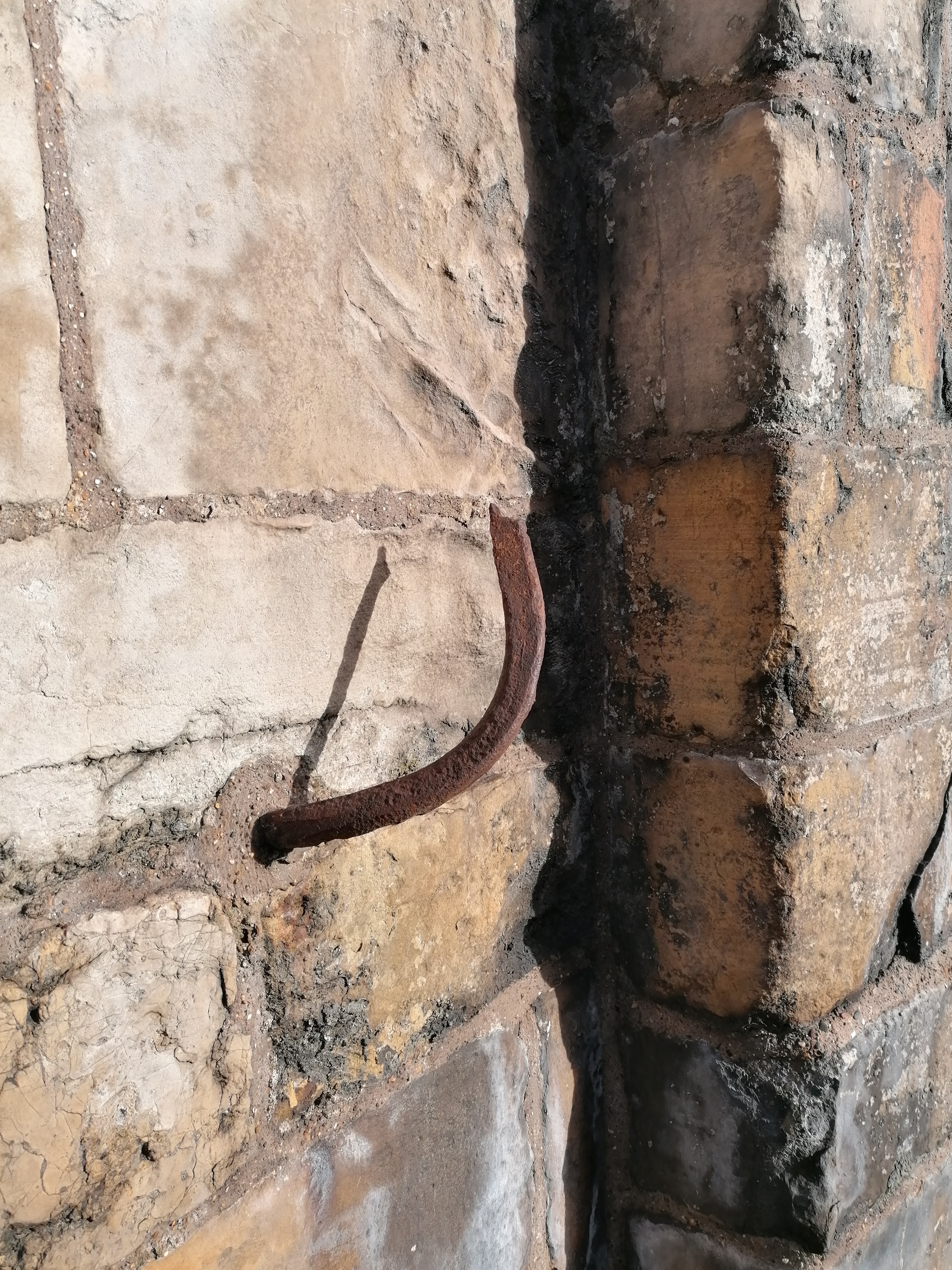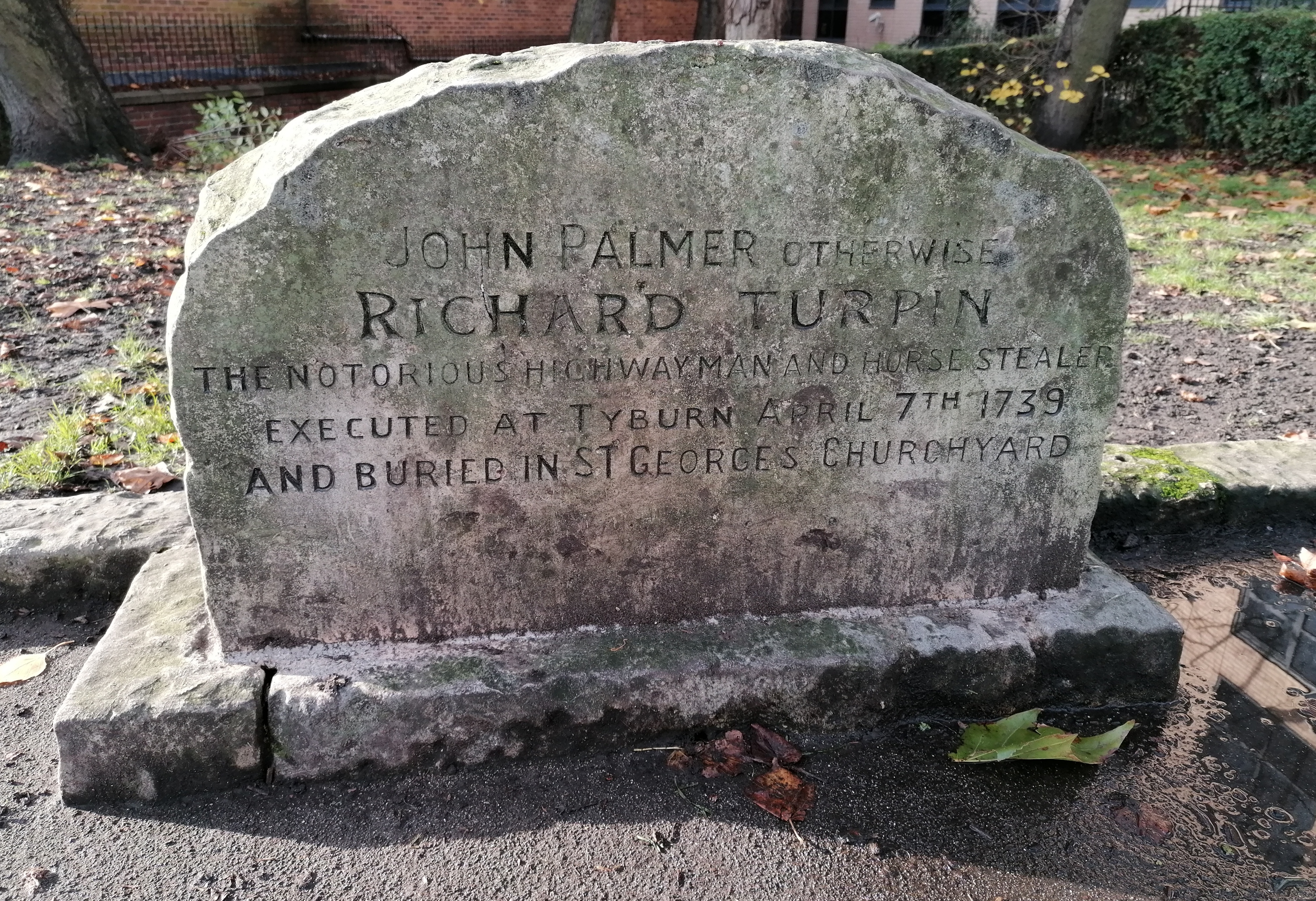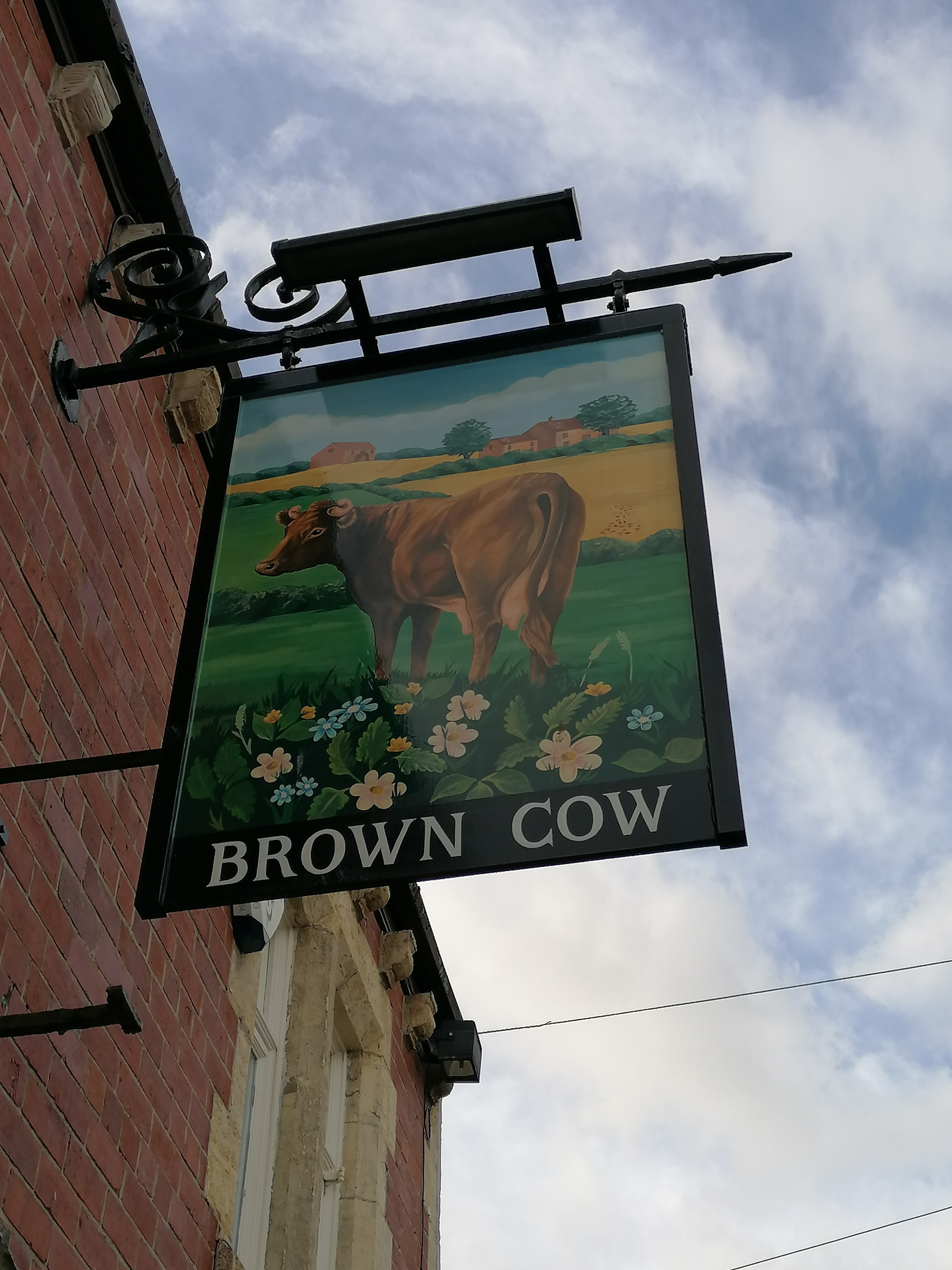Katherine Kerestman was visiting England to research her second macabre travel book, which will feature macabre locations in Yorkshire, Devon, and Cornwall. She had not known that she was fated to meet a new friend on her first night in England, Lady Brigante:
Introducing Creepy Cat.
On this trip to England, I would be spending the bulk of my time in the company of local people, hiring local drivers to take me about the countryside.
On my first night, though, after the shops had been shuttered for the day, I treated myself to a tour of York by The Polite Tourist.
The guide, Lady Brigante, is a local historian and genealogist.
I was having difficulty locating our meet-up point, the Phoenix Pub, and asked several passers-by for directions; one Sir Walter Raleigh-type gentleman with a heavy Yorkshire accent actually went out of his way to escort me to the pub, for which I was grateful, the winding streets confounding this directionally-challenged explorer.
The Phoenix is a small, traditional pub in an historic building with old wood floors; it has a small, roaring fireplace; built-in corner cupboards in intimate rooms; and olive-green painted walls and panelled wainscoting. It is tucked in a residential neighbourhood, not a commercial or tourist area.
The Yorkshire dialect one hears in this pub is not the same as one hears in London, or above stairs in Downton Abbey. England possesses numerous regional dialects, which the visitor who stays only in London may not have the chance to experience.
The chivalrous gentleman who escorted me to the door of the pub told me that the flats closer to my hotel are mostly student housing for the universities.
I enjoyed a short conversation with an archaeologist in the pub, abbreviated by the arrival of Lady Brigante.
The tour began at the city wall, which is adjacent to the Phoenix.

The Queen of the Brigantes.
Lady B is a true-crime story aficionado, and her name refers to Cartimandua, Queen of the Brigantes, who double-crossed her husband, surrendering him to the Roman invaders in chains. Her husband was King Caractus, who had led the Celtic resistance to Roman conquest.
For her treachery, she was cursed by the Chief Druid, but Rome rewarded her with her husband’s charioteer (the equivalent of one’s chauffeur, today, Lady Brigante reminded me), for whom she carried an adulterous passion.
The first stop on our after-dark tour was the grave of Dick Turpin, who rests in a small cemetery which does double duty as a park. Turpin is the most infamous eighteenth-century highwayman, an inspiration for the bad boys of many “bodice-ripper” romances. Lady B told myself and the other person on the tour that Turpin, in order to elude capture, assumed the name of John Palmer.
While in hiding, he posted a letter and was found out by his handwriting. He was hanged at Tyburn (the site of the current racetrack in York), and his body was stolen and then retrieved, to end its travels in this small cemetery and public park.

Despair. Poverty. Murder.
In the nineteenth century, the Walmgate area of York was a place of ill-repute, a smaller version of London, with its slums, slaughterhouses, poverty, alcohol abuse, gambling, and domestic violence, which provided the stuff of many of the murder stories we would be hearing tonight.
Lady B said that she likes to start with the corpse and then work her way back to the person, the life, and the community.
James Kevill’s is a sad tale of the murder of an eight-year-old boy by his father. James’s father, Martin, had sustained a traumatic brain injury when he had fallen off a ladder, and had exhibited mood swings thereafter. He had bullied his wife and daughters, who on December 10, 1853 had been forced to seek shelter elsewhere.
Only James and a lodger were in the house, when the lodger heard the boy pleading with Martin, “Please don’t.”
The lodger had no way of knowing that Martin was about to chop his son’s head on the block. While the axe did not sever the head completely, the blows did kill James.
Martin went wandering off, was apprehended and then was sent to Broadmoor Asylum, where he died in 1920 from “exhaustion.” Apparently, he had gone insane during the long waiting time between his arrest and his trial.
The Brown Cow pub, the site of the inquest, is still extant on Hope Street.

Lady B has many stories to tell of women who met violent deaths at the hands of their husbands (two of her own ancestors were accused as witches).
In the nineteenth century, Walmgate Street contained any number of public houses, and prostitution and crime was endemic.
Hannah was one of the women who was killed by her husband; but, because she liked her spirits, the cause of her death was listed as “madness brought on by her disgraceful conduct with drink,” rather than death by pummelling, abruptly ending the murder investigation.
Despite overwhelming evidence to the contrary, her clearly guilty spouse was let off the hook. The double standard of “she asked for it” was the prevailing attitude of the Victorian period.

the Birth of Reform.
Efforts of social reformers resulted in the birth of chocolate – in York, the home of Rountree and Cadbury in Birmingham whose sweet dynasties eventually became related by marriage.
Reformers encouraged the population to substitute the bliss of cocoa for the stimulation of alcohol; and, although hot chocolate did not triumph over gin, it did lead the creation of a new candy industry.
You can smell chocolate in the air of York some days. Lady B and I shared a nightcap at a nearby pub, and then I called it a night; the first day of this trip had lasted thirty-eight hours.
More From Creepy Cat.

Katherine Kerestman holds a B.A. degree from John Carroll University and a Master of Arts degree from Case Western Reserve University.
She loves to travel, especially to destinations with literary and macabre associations, including Transylvania, Whitby, Salem, and Stonehenge.
She has joined her literary, historical and macabre proclivities together into her first non-fiction title:
Creepy Cat’s Macabre Travels. Prowling Around Haunted Towers, Crumbling Castles, and Ghoulish Graveyards.